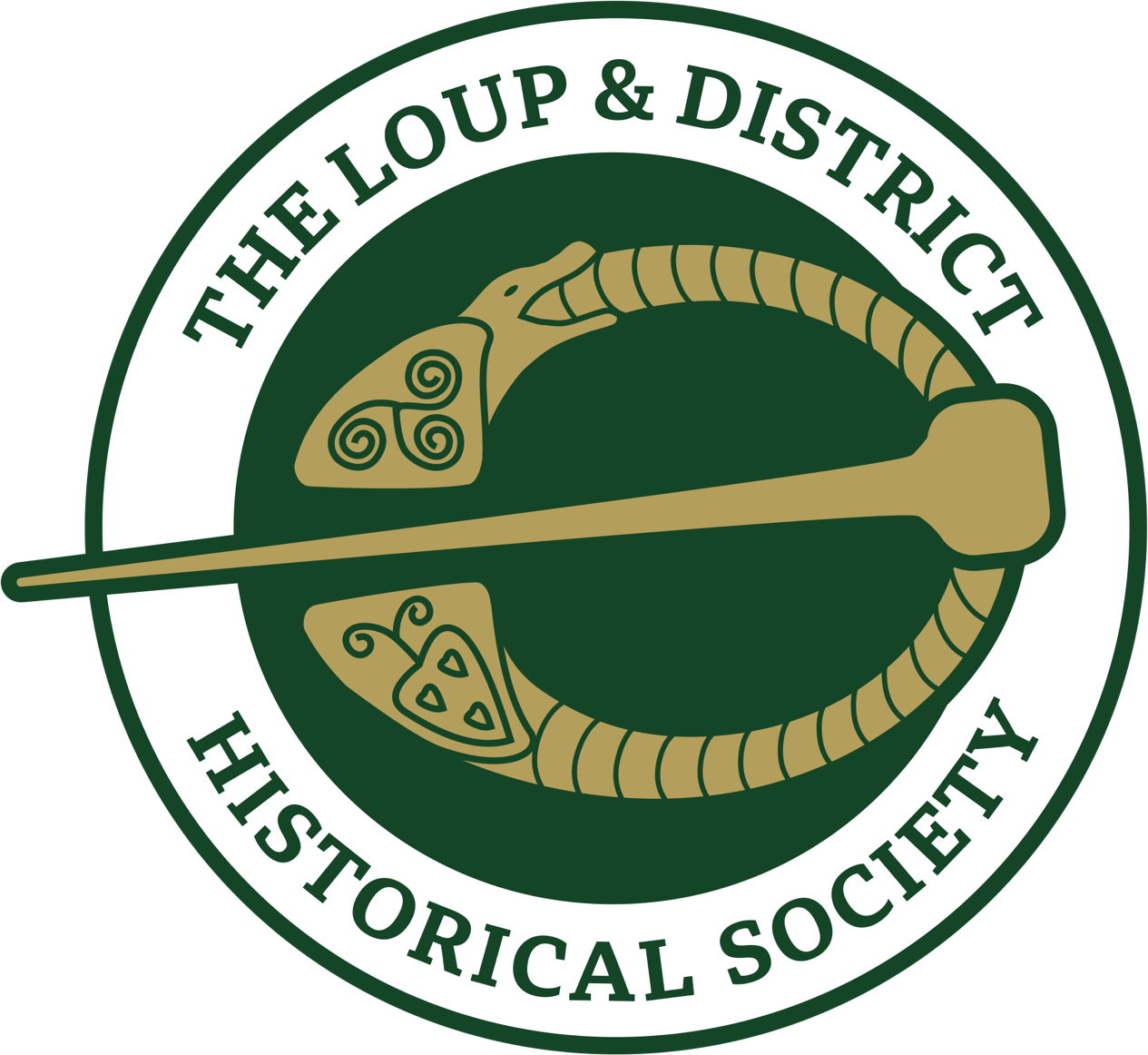Ballinascreen Historical Society have previously carried out research into the history of Magherafelt workhouse and in 2002 erected a large memorial stone on the site of the first workhouse cemetery.
They have also published a number of books as below – more information can be found on their website. www.ballinascreenhistoricalsociety.com
These books include:
2022: Magherafelt Union Workhouse – Indoor Relief Register 1847 which is a pain-staking transcription of the register of the 1847 intake at the Magherafelt Workhouse, during the very darkest days of the famine, and furnishes a unique insight into the effects of that dire epoch on the population of this local area. Providing the names, sex, age, marital status, family status, employment, religious denomination, name of spouse, number of children, health condition and date of death or discharge of most of the 2606 paupers admitted that year, it will be of great interest to genealogists and to all those interested in local history, especially since it predates the Irish Civil Registration for births and deaths in 1864. Compiled by James Alistair Bodkin
1997: A Hospital at Magherafelt – Part One: The Workhouse and Famine times in South Derry explains how the Poor Law and workhouse system was enacted in the Magherafelt Poor Law Union and outlines the history of Magherafelt Workhouse from its opening, in 1842, through the Famine era. Colum Barton, in his foreword, says that this account “deserves to take its place not only on the shelves of the serious student but also to be read by all who are interested in, and want to be better informed about, an important period in our not-too-distant past”. The book’s 118 pages contain 53 illustrations, and it is presented in a quarto-sized paperback.Written by Muriel Bell.
1998: A Hospital at Magherafelt – Part Two: The Workhouse – the final fifty years (1891-1941) gives us an insight into the everyday running of the landmark building overlooking the town, where the poor received what was known as “indoor relief”. “It is good that our young people, and generations yet unborn, will now know something of the history of the Mid and what was there before” writes Muriel Brennen in her foreword. The book’s 120 pages contain 43 illustrations, and it is presented in a quarto-sized paperback. Written by Mildred Moore.
1998: Hospital at Magherafelt – Part Three: The Hospital years – from 1941 will take the reader through the renovation period, as the District Hospital became the Mid-Ulster Hospital. The successes of this hospital are highlighted especially when, in 1961, it became the leading ambassador in Western Europe for Progressive Patient Care. Dr Bertie McConnell in his foreword describes this book as “a very well researched volume of local history, which will be studied with great interest by future generations”. The book’s 170 pages contain approximately 60 illustrations, and it is presented in a quarto-sized paperback. Written by Dorothy Fleming.



